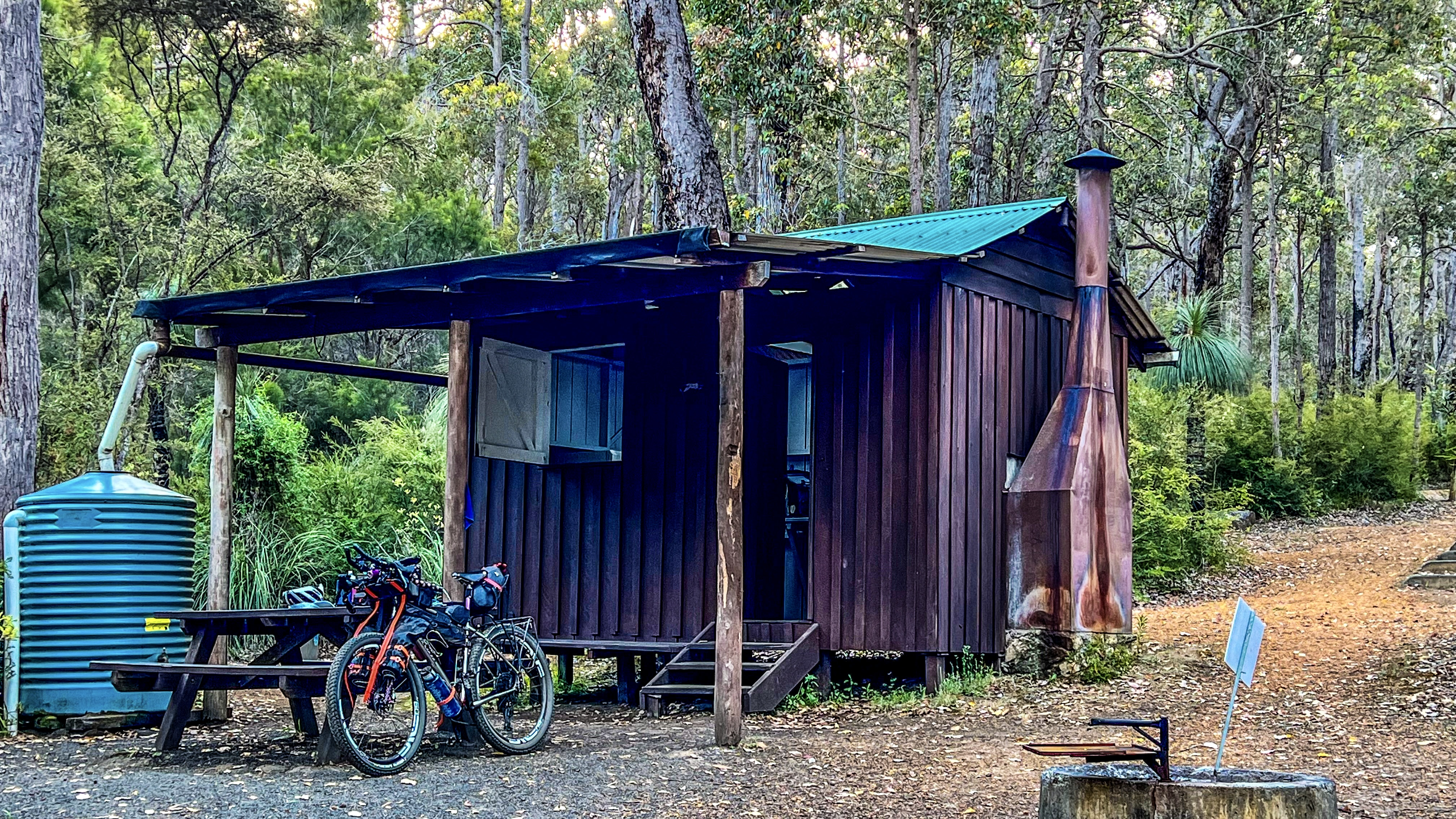My shopping cart
Your cart is currently empty.
Continue Shopping
With the South West of Western Australia not fitting the European summary of seasons thanks to our different climate, the traditional Noongar seasons are a much better way of describing the changes in weather, temperature and rainfall over the course of the year.
To help with your decision about what time of year to ride the Munda Biddi, I've listed the seasons below and reasons why you would or wouldn't want to ride during those times.
Birak (Dec-Jan) - Heat, Sun & Fire
As the end of the year approaches, the temperatures start to soar and it's also when DBCA are carrying out prescribed burns in the wetter southern part of the track. If it's been a mild end to the year then an E2E can still be enjoyable but carry extra water as a precaution and keep an eye out for snakes as they sun themselves on the trail. The southern part of the track is the most enjoyable this time of year thanks to the cooler temperatures and afternoon sea breeze.
Bunuru (Feb-Mar) - Heat, Bushfires & Snakes
The hottest part of the year, only the well prepared or craziest of riders venture out on the Munda Biddi. With the dry and hot conditions, you need to carry a lot of water and if possible, ride very early in the morning and late in the afternoon to avoid the searing midday temperatures. Be aware of bushfires, snakes and march flies as you ride along. This is also the prime pea gravel window in the northern half and getting bogged down while it's above 30C isn't the most fun way to experience the trail.

Djeran (Apr-May) - Arrival of the Cooler Weather
With the warmer weather now over and the winter solstice approaching, the days start to cool off and the flies disappear. Depending on early season rains, the pea gravel in the northern half might be an issue and there is the chance of an unexpected hot streak. Expect a return to crisper mornings and keep a lookout for flowering Banksia, She-Oak and the last of the summer wildflowers like the Mulla Mulla.

Makuru (Jun-Jul) - Cold and Wet
June and July typically mark the arrival of the rains and represents the coldest part of the year. This is no bad thing for cyclists as the rains dampen down the pea gravel and make the riding more enjoyable. The UV is at its lowest level during this time so sunscreen application is limited to the middle of the day. Pack an extra layer or two for those frosty nights, especially around Collie and make sure there are no holes in your rain jacket. Watch out for early season wildflowers like the Hibbertia and Hovea varieties as the streams, creeks and rivers start to fill up.

Djilba (Aug-Sept) - Wildflowers and New Life
Arguably the best time of year to ride the Munda Biddi, the forests and coastline start to explode with colour as the excellent wildflower display that Western Australia is famous for starts to erupt. The rains become less frequent in Djilba and the sun starts to warm things up as the forests spring to life. Look out for hundreds of varieties of wildflowers and the delicate shapes of the orchids found all along the trail. This marks the busy time of the year for the trail so there is a good chance you will have some company at the campsites.

Kambarang (Oct-Nov) - Transition to the Warmer Weather
Kambarang is a time of year that if you get the dates right, can reward a rider with excellent conditions from start to finish on a N-S ride. Experience the tail end of the wildflowers in the northern forests before getting the prime wildflower show as you reach the Walpole and the southern coastline. Keep an eye out for snakes and lizards as they start to move about more in search of the sun and be prepared for all kinds of weather that may get thrown at you.

My personal favourite time of year to ride the Munda Biddi is Djilba and Kambarang thanks to the wildflowers, cooler temperatures and flowing waterways you'll see along the trail.
Thanks to Mark Pybus (Life of Py) for donating his time to write these exclusive blog articles for the Members Series. To find more of his brilliant writing, head over to his website. Thank you to Nigel Francis, Mark Pybus & Pippa Engledow for donating the images used in this blog.